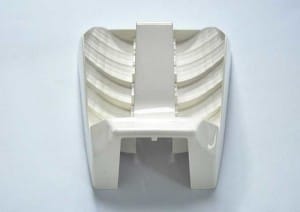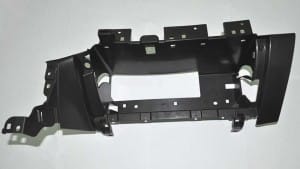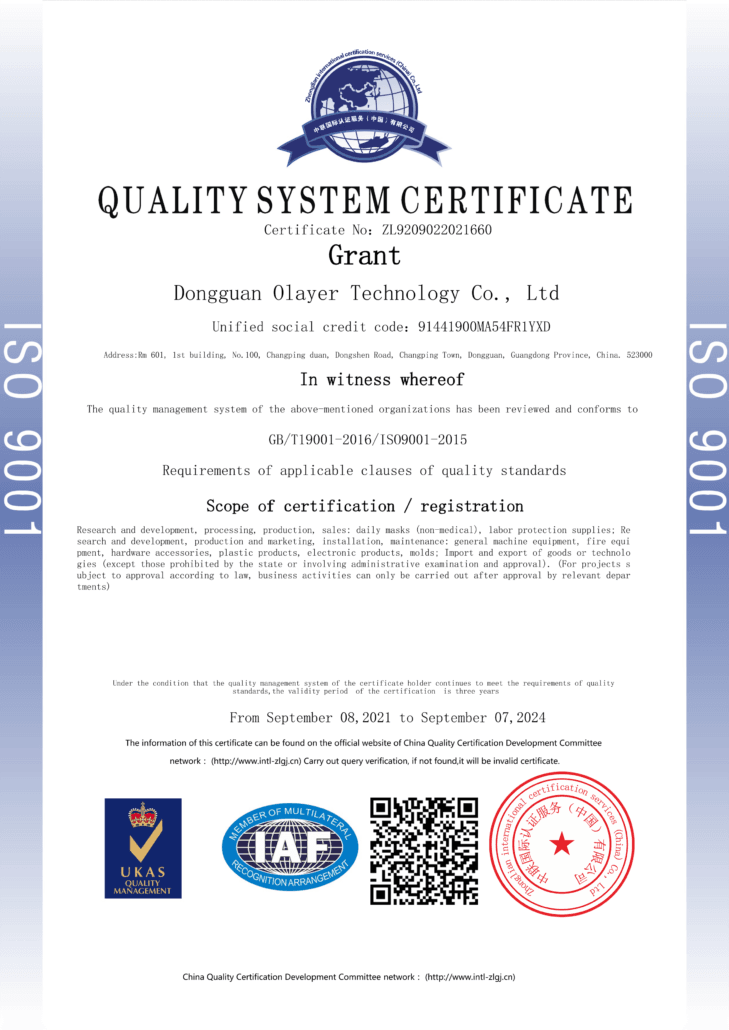What is Custom injection molding?
The first question that comes to mind on hearing the term Custom injection molding is what is Custom injection molding? Custom injection molding refers to the making of plastic parts for specific applications i.e. customizing the components as per the customer’s requirements.
Injection molding of Custom Plastic Parts
Injection molding is a process in which plastic pellets are melted and injected under high pressure into a mold cavity. The molded parts are then ejected, and the process repeated. The finished products can then be used as is, or as a component of other products. To do so requires an injection molding machine and tooling (often called a mold or die). The molding machine consists of a clamping unit to open and close the mold automatically, and an injection unit to heat and inject the material into the closed mold. Injection molding utilizes very high pressures and typically the machine is hydraulic or, increasingly, electric. Tooling for production injection molding applications must be able to survive under high pressure and is made from steel or aluminum. The potentially high cost of tooling often drives the economics of a plastic molding application. Injection molding is an effective way to make custom parts.
The process broken down.
There are three main components in the injection molding process. The injection apparatus itself which melts and then transmits the plastic, the mold, which is custom designed, and clamping to provide controlled pressure. The plastic mold is a specially designed tool with a base and one or more cavities that will eventually be filled with resin. The injection unit melts the plastic granules and then injects them into the mold by either a reciprocating screw or a ram injector. The reciprocating screw offers the ability to inject smaller amounts of resin in the total shots, which is better for producing smaller parts. After injection, the mold is cooled constantly until the resin reaches a temperature that allows it to solidify.
Complications with Injection Molding
Injection molding complications are few and can be easily avoided by paying close attention to the design of the plastic mold, the process itself and caring for your equipment. Parts can be burned or scorched when the temperature is too high, which is sometimes caused by the length of the cycle time which may be too long. This causes the resin to overheat. Warping of parts happens when there is an uneven surface temperature for the molds. Surface imperfections (commonly known as bubbles) happen when the melt temperature is too high, which causes the resin to break down and produce gas. This can also be caused by moisture in the resin. Another complication is incomplete cavity filling, which occurs when there isn’t enough resin released into the mold or if the injection speed is too slow, which results in the resin freezing.
Running a Custom Injection Molding Business
Custom molding business is a competitive business and to survive you should find your niche market. Most custom molders in business today have found a niche. Through experience, the molder became good at molding a particular type of part or at molding a particular kind of material, or in working in a specific segment of the marketplace. In other words, he acquired expertise and stuck with it.




